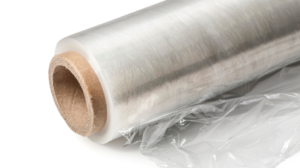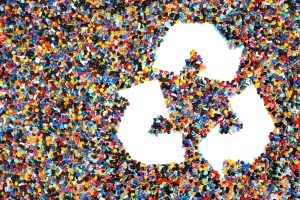Innovations to Solve the Planet’s Plastic Problem
From bacteria that eat disposable bottles, to edible plastics made from seaweed, the world’s scientists and innovators are reviewing our reliance on plastics.
Wonder material
According to UKRI, when we first started mass producing it in the 1950s, plastic was seen as a wonder material. Its strength, durability and chemical inertness make it an ideal material for:
food packaging
clothes
building materials
electronics
furniture.
However, while at first its longevity was seen as a strength, we now know that the material poses a great threat to the environment.
Plastic doesn’t biodegrade or dissolve in water. Once discarded, it stays in the environment for 100 years or more.
Tiny fragments of plastics (NERC) can also wash into rivers, lakes and oceans, where they are eaten by fish and other marine life. The Natural Environment Research Council (NERC) were among the first to discover this.
This problem was recently captured in a heart-breaking sequence (NERC) in BBC documentary Blue Planet II, when albatrosses were filmed feeding their chicks plastic. The documentary was possible due to a long-running collaboration between British Antarctic Survey and the BBC Natural History Unit.
Unless we do something, the problem will only get worse. The World Economic Forum projects that by 2050, there will be more plastic in the ocean than fish by weight.
Here we look at a whole host of innovative solutions to the problem.
Plastic-eating enzymes
In 2016, scientists discovered a bacterium living in a waste dump in Japan that can break down and consume polyethylene terephthalate (PET), one of the world’s most problematic plastic pollutants.
PET is commonly used to make single-use drinks bottles, clothing and carpets. It takes hundreds of years to break down in the environment, UKRI notes.
The enzyme responsible, PETase, breaks down PET into its building blocks within days. These building blocks can then be used to create new plastics.
The work was funded by the Biotechnology and Biological Research Council (BBSRC).
Decoding the structure
In 2018, scientists at the University of Portsmouth decoded the structure of PETase.
They used the Diamond Light Source X-ray beamline, an extremely powerful device which works in a similar way to a giant microscope.
Shaped like a huge ring, Diamond uses intense beams of X-rays 10 billion times brighter than the Sun to form an ultra-high-resolution 3D model of a molecule.
However, while the scientists were solving the crystal structure of PETase, they inadvertently engineered (National Archives) an enzyme even better at breaking down the plastic.
Two years later, the team announced (Diamond) that they had created an enzyme ‘cocktail’ which can digest plastic (Portsmouth University) up to six times faster than their original solution.
The findings led to the creation of the Centre for Enzyme Innovation (Portsmouth University), a state of the art facility dedicated to tackling the challenge of plastic pollution.
For the full story read on at The Financial.



